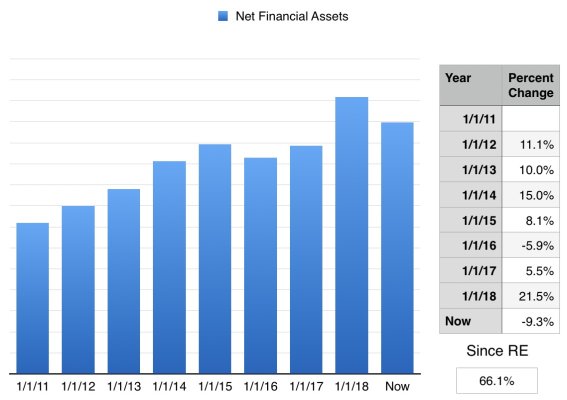I do use the "Significant Below Average" choice, as thsat returns results with 90% confidence. Being that it is a Monte Carlo calculation which includes the worst scenarios with no reversion to the mean concept, it is probably closer to a 95% success rate in Firecalc.
IIRC, the below average results are with 75% confidence.
Nevertheless, I am with you about work and have plans B,C and D before I would ever go back to work.
actually with all these calcualtors I put in account values that are 15% below what they are today as a buffer. I just put in actual values and at "significantly below average" I'm good!



